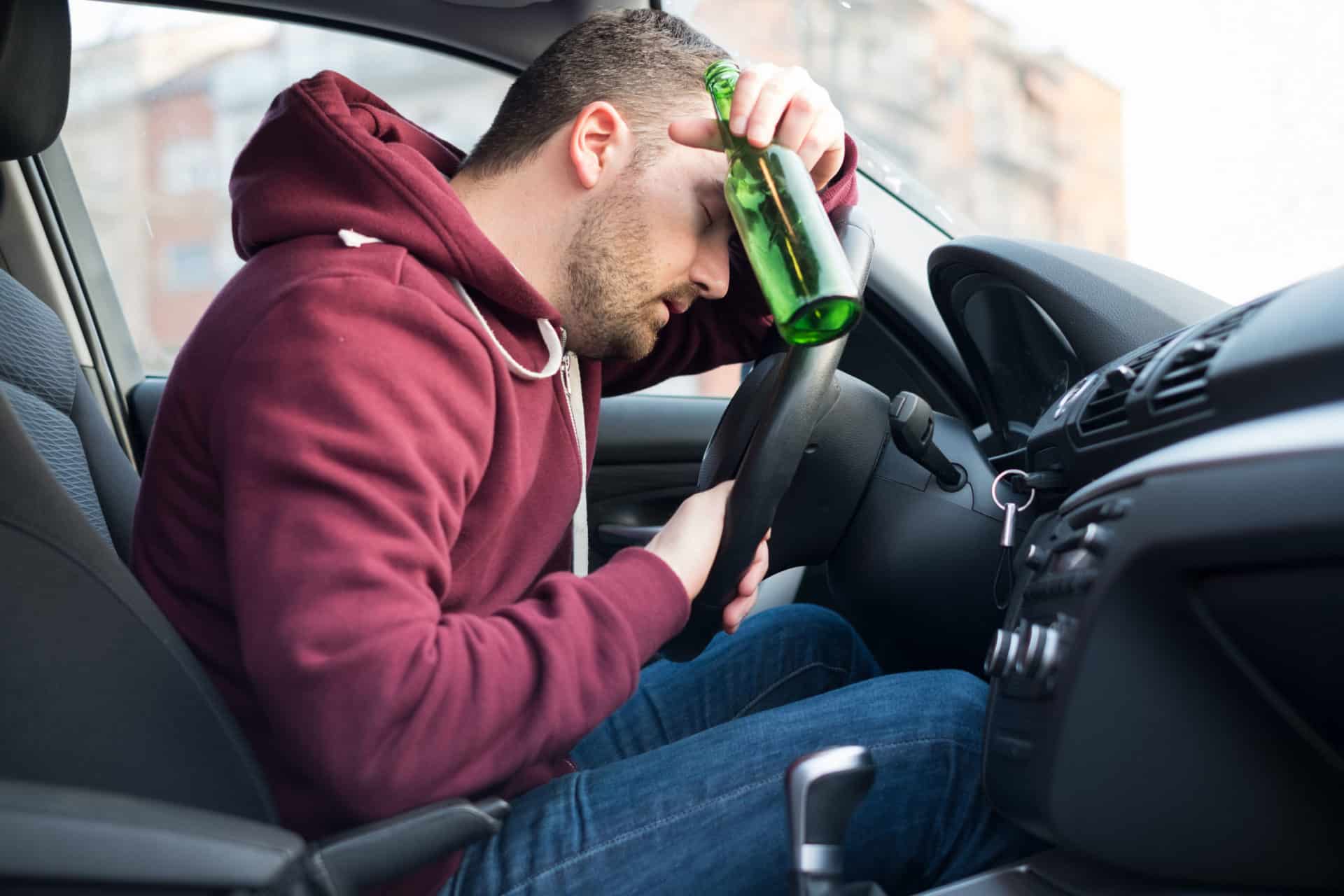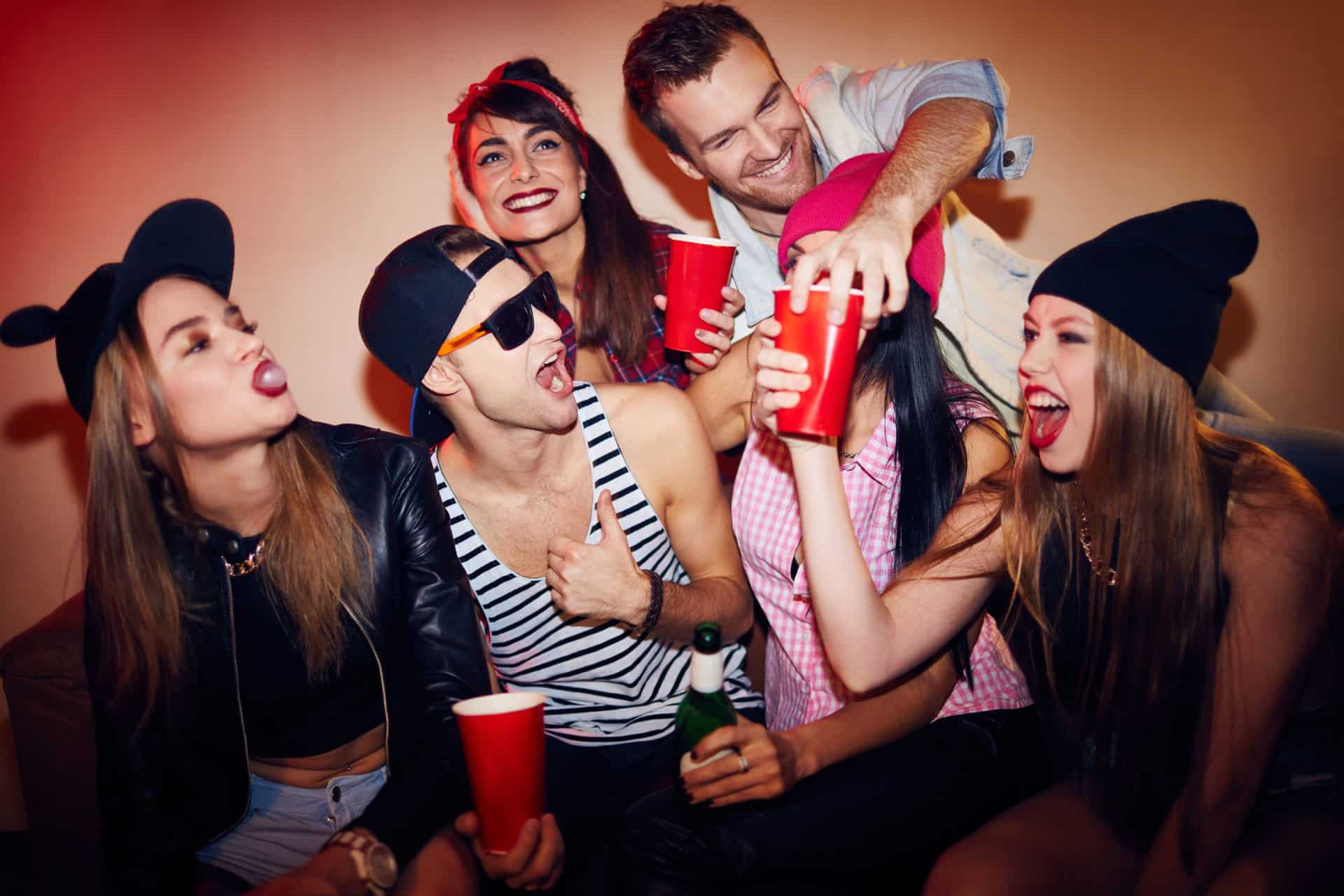
There seems to be an everpresent uptick in NY DUI accidents this time of year. The start of the school semester means forging new friendships for teens and young adults. They get together for social occasions, and that often involves underage drinking.
Underage drinkers are more likely to make the decision to drive drunk and are also more likely to cause an accident when they do so.
The net result of all this partying is that more underage drivers take to the road drunk. For this reason, there’s an uptick in DUI accidents at the beginning of every school year.
Fortunately, simply changing your own driving habits can significantly decrease your risk of becoming a DUI accident victim. Understanding why DUI accidents increase is the first step in deciding what to do to stay safe.
Quick Statistics on New York Underage Drinkers
You’d be surprised at how many people under the age of 21 drink:
- By age 15, about 33% of teens have tried alcohol
- By age 18, about 60% of teens have tried alcohol
- In 2015, 7.7 million teens and young adults ages 12-20 reported drinking alcohol beyond “just a few sips” in the past month
On top of this, many underage drinkers are prone to binge drinking:
- Minors drink less often than adults, but when they do drink, they consume more alcohol
- Underage drinkers consume 90% of their alcohol by binging (4+ drinks)
- In 2015, 6.1 million young people reported binge drinking at least once a month
- 3 million reported binging five or more times in the last month
Clearly, many teens and young adults are choosing to drink. When they do, they’re more prone to binging. Binging leads to irrational decision-making (like driving drunk).
Underage Drinking Leads to More NY DUI Accidents
Young drivers are less experienced and more prone to accidents without any influence. They also tend to engage more often in distracted driving practices — socializing in a car full of friends, attempting to text and drive.
Studies show the average blood alcohol concentration (BAC) of underage drunk drivers is higher, reflecting the tendency of underage drinkers to binge.
Additionally, young people are much more likely to drive drunk than adults because they are impulsive and often exercise poor judgment.
These factors create the perfect storm — a population of drinkers who are more likely to drive drunk, and also more likely to cause an accident when they do so.
So what can you do about it?
How to Avoid Drunk Drivers in New York

While it’s true, you can’t control anyone’s actions but your own, there are some ways to significantly decrease your risk of becoming a DUI accident victim. Here are five changes you can make in your own driving habits to keep you safe.
Stay Off the Road Late at Night
The rate of fatal DUI accidents is three times higher at night than during the day. Of course, you can’t stay completely off the road at night, but the less time you spend on the roads late at night, the safer you’ll be.
Stay Off the Road on Popular Drinking Holidays
More impaired drivers hit the road on popular drinking holidays, including the 4th of July, St. Patrick’s Day, Memorial Day, Labor Day, Halloween, the month of December and Super Bowl Sunday. Avoid driving during peak times.
Recognize (and Avoid) Intoxicated Drivers
Be on the watch for telltale signs of an intoxicated driver, especially late at night or on holidays:
- Weaving in and out of the lane or driving in the center of the road
- Making wide turns
- Drivers hunched over the steering wheel/driving with their face close to the windshield
- Near collisions with objects, other cars or pedestrians
- Swerving or abrupt turns
- Driving much slower than traffic
- Delayed reaction time to stop lights
- Inappropriate stops
If you spot these common signs of drunk driving, be sure to avoid that car, and consider reporting the driver to authorities.
Ride on the Right
Drunk drivers are prone to drift out of their lanes, and into oncoming traffic. When the road has a shoulder, travel in the right lane. This leaves you room to swerve if you need to.
When traveling in the lane closest to oncoming traffic, ride the right side of your lane to avoid being sideswiped by oncoming vehicles that might drift over.
Assume Nothing
Ultimately, you need to anticipate other drivers’ actions. That doesn’t mean you should make assumptions about their intentions. For example, just because a driver turns on their turn signal, they’re not necessarily going to turn where you think they’re going to — or at all.
Wait until other drivers commit to their actions before making your own driving decisions. Drunk drivers are even less predictable, so this is especially important at times when more drunk drivers are likely to be on the road.

Ultimately, the only actions you can control are your own, but it’s important to know that certain types of drivers tend to be more dangerous as well as certain times. You likely already know to watch out during holidays, for example. Keeping an eye out for teen drivers during the school year – especially at night – is just an extension of that.









